A few rainy days come along and we start thinking ahead to the fall and the things we need to be doing for our gardens. Here is a helpful check list and some resources to help you plan for fall groundwork. There are many things we can do in the fall to ensure a healthy garden next spring.
TIPS
Continue Summer Watering
- Make sure to keep plants hydrated right now. Keeping your plants healthy as they begin to prepare for dormancy or slow their growth is crucial to enabling them to weather through cold snaps, frosts, snow and lots of rain! We never know which of these and for how long we will get those types of winter weather.
Plant Inventory and Planning for Planting
- Do a quick inventory of areas you might have pollinators nesting or looking to nest, like bumble bee queens seeking dry dirt slopes or possibly you might already have mason bees tucked into hollow stems. Do you have Echinacea or Rudbeckia blooming? If so can you leave some to go to seed for seed eating birds this fall?

- Do another inventory of your plants in your garden – what are you missing? What season do you need more flowers blooming? Was something in the wrong place – too shady or sunny for it? Do you need more plants to attract birds or pollinators? If so make a list of new plants you could incorporate this fall and decide where to move the plants that are in the wrong places. Fall is a great time to plant because our soils stay warm enough for good root growth which gets them established after planting. Also, the seasonal increase in rain helps to keep things watered for you.
- Assess the disease and pest issues you saw this year. What brought them on? Can you improve conditions if the soil is too wet or too dry and causes stress on your plants? Or do you need to put plants into those conditions that can tolerate them? Is there a plant that is just too susceptible for a particular problem? An example would be a deciduous azalea that is affected by powdery mildew every summer. Try a new variety in its place.
- It’s time to order your bulbs! Get your order in now to assure your pick. Last year many bulbs were out of stock by October and this year with the avid increase in gardening activities it might be more competitive! If you are planning to try your hand at Amaryllis or Paperwhite Narcissus indoors, now is the time to order and learn about how to grow them.
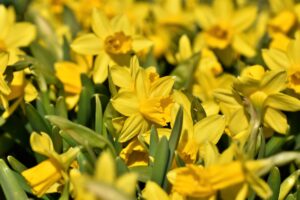
- It’s also time to order garlic and shallots! Order now and plant by November. Fall rain and warm soils will get them established so they can start growing for next summer’s harvest. The Washington State Garlic Festival could not be held this year but check out their website to support the garlic industry in Washington State!
Planning Winter Plant 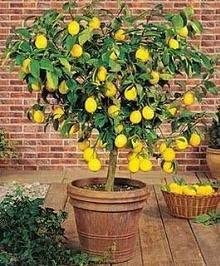 Care
Care
- Do you have containerized plants under the eaves of your house or on your porch or deck? Plants that you want to keep potted and are perennial (not seasonal flowers for instance) will need to be moved to where they get rain this winter. Otherwise you will need to make a plan to water them. Do you have vulnerable plants that need to be lifted or moved indoors? Citrus plants you have out on the patio or deck will need a thorough cleaning before being brought back inside to prevent pest explosions. Tender bulbs that won’t tolerate our wet winters or cold snaps will need to be lifted and stored properly.
- Make a pruning plan – when do your plants need to be pruned – winter during dormancy, early spring? Get your tools sharpened and cleaned in preparation. Are there evergreen plants or shrubs with berries that would make nice winter decor on your porch or in your house? Make plans for pruning them as needed and shape your plant at the same time. Cedar, fir, spruce, bay, myrtle, juniper, Cotoneaster, rosemary, and many others are great options for this use.
Soil Building Activities
- Plan your cover crop planting now and get your seed ordered. Vegetable beds benefit from either mulch or cover crop in them if you don’t have a winter crop planted. Cover crops include cereal grains like annual rye or winter wheat and pea family plants like crimson clover and vetch. Once grown they protect soil from erosion, nutrient loss, and compaction from the rain. Next spring they will add nutrients and organic matter when you turn them into the soil. They also provide habitat for overwintering beneficial insects and if pea family plants are left to bloom before turning them in offer early flowers for pollinators. Plant seeds by the end of October and mid November at the very latest for cereal grains which are more tolerant of cold soil.
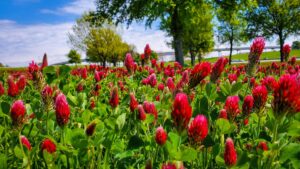
- Make plans for mulching your beds – arborist’s wood chips for trees, shrubs and perennials and compost, leaves, or straw for overwintering veggies or cleared vegetable garden beds. Arborists give away chips for free and you can check in with local companies to find them. Or access the Chip Drop website to make arrangements.
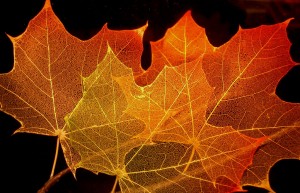
- Make a plan for the leaves that fall in your yard. Can you reuse them as mulch? Can you store them in plastic bags to use for next summer as a mulch option? Do you not have any leaves but have neighbors who do? Make friends and do them a favor by raking some up for your use. Help the whole neighborhood by attending to the leaves that cover storm drains on your block.
- Attend to your compost systems – harvest and apply to plant beds, re-bed worm bins if needed, make sure worm bins are in protected spaces where they won’t freeze over the winter. Build a new bin! Yard waste systems and food waste bins are easy to care for and provide you with added soil amendments for your garden as you recycle materials from your home and garden.
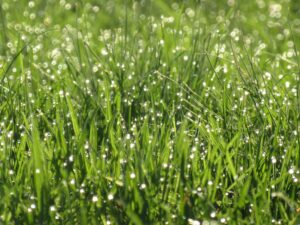 Fall Lawn Care
Fall Lawn Care
- Nurture your lawn this fall. Aerate, top-dress with compost and if you have not been grass cycling or have not fertilized offer your lawn a slow release organic fertilizer in September. Water in well and keep it mowed at 2 inches or higher to keep it healthy over the winter until the grass slows down. Grass is a cool weather plant and will benefit from being attended to this fall.
Taking Care of Tools and Gardening Equipment
- Make a plan for storing hoses and watering wands and nozzles. Drain hoses and roll up and store in a garage or basement or other dry space. Cover soaker hoses for the winter with mulch – they work better covered anyway so try to maintain that through the growing season as well. Take apart drip systems and store for the winter. You can leave the main piping in place.
- Clean and sharpen other garden tools – shovels and hoes benefit from a sharpening periodically. Sand down the handles and oil them to protect the wood. Store them in a dry area. Create a oiled sand bucket or bin to use for cleaning off dirt.
- Prepare bird feeding supplies – do you use hummingbird feeders in the winter? Are they clean and ready to go? Bird seed feeders or suet block holders can use attention too. Do you need fresh seed? Black oil sunflower seed is a good choice for most birds and has little waste.
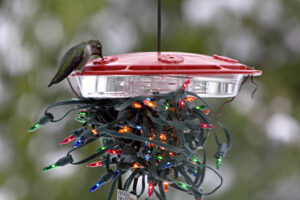
Photo from Seattle Audubon Society – Click to Learn More
RESOURCES
- Brochures on soil, plant choice, watering, pests and diseases, lawns, and composting are available on the home page of our website.
- Websites for plant recommendations include Great Plant Picks, King County Native Plant Guide, Washington Native Plant Society gardening resources, the Xerces Society, and The Plant List.
- Cover Crop Seed can be found at local nurseries and garden centers as well as online through Peaceful Valley Farm Supply, Outside Pride, Territorial Seed Company, Johnny’s Seeds and many other sites.
- Garlic and shallots are also available locally and through mail order. Filaree Garlic Farm, Peaceful Valley Farm Supply, Territorial Seed, Hood River Garlic, and many more sites.
- SOIL RESOURCES FOR EDIBLE GARDENING 9.2017 Garden Hotline pdf
- Attract Beneficial Bugs – Garden Hotline pdf
- The Benefits of Evergreen Conifers Garden Hotline pdf
- Bird Friendly Plantings Garden Hotline pdf
- Chip Drop – To source arborist’s chips
- Tool Cleaning Station
- Garden Tool Care for Winter
- Adopt-A-Drain in Seattle
- Compost Bins
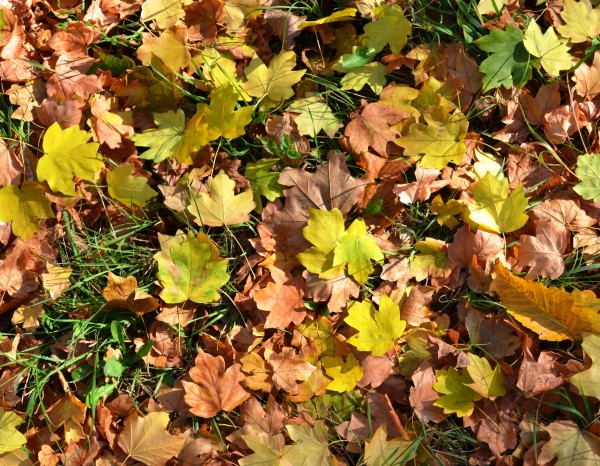


 Care
Care

 Fall Lawn Care
Fall Lawn Care